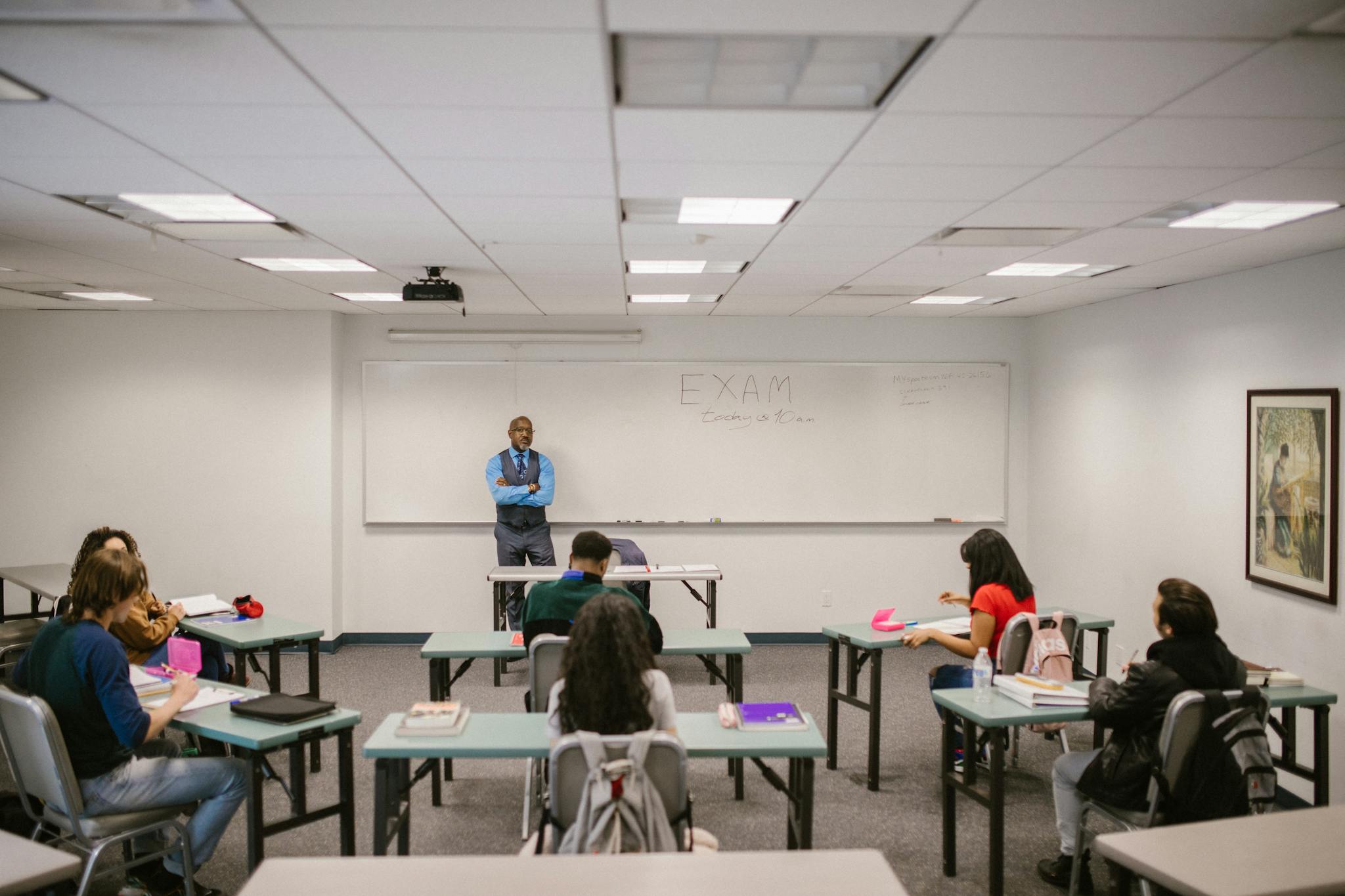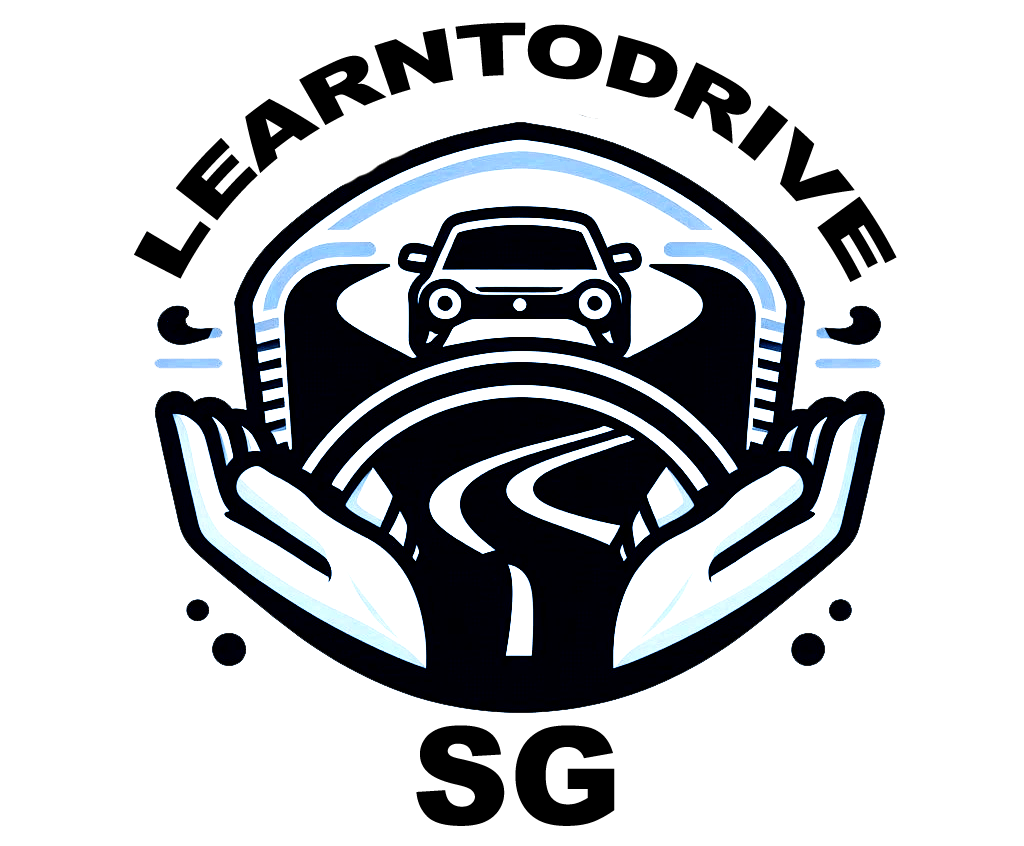
Introduction
Singapore’s Final Theory Test (FTT) serves as a crucial milestone for individuals on their journey towards obtaining a driver’s license in the Lion City. Aspiring drivers must successfully navigate this exam, demonstrating their knowledge of road rules, traffic regulations, and safe driving practices. In this article, we delve into the intricacies of the FTT, offering valuable insights and tips to help candidates prepare effectively and achieve success.
Understanding the Final Theory Test
The FTT is a standardized examination conducted by the Singapore Traffic Police to assess the theoretical knowledge of prospective drivers. It covers a wide range of topics, including traffic laws, road signs, vehicle controls, and defensive driving techniques. The exam consists of multiple-choice questions designed to evaluate candidates’ understanding of these essential concepts.
(We also offer free FTT and BTT quizzess, check it here: https://learntodrivesg.com/)
Preparation Strategies
Preparation is key to conquering the FTT. Here are some effective strategies to help candidates prepare for success:
- Study the Official Handbook: The Singapore Traffic Police publishes an official handbook that serves as the primary study resource for the FTT. Candidates should thoroughly review this handbook, familiarizing themselves with traffic rules, road signs, and other relevant information.
- Take Practice Tests: Practice tests are invaluable tools for assessing one’s knowledge and identifying areas for improvement. Numerous online platforms offer FTT practice tests, allowing candidates to simulate the exam experience and gauge their readiness.
- Understand Traffic Scenarios: The FTT often presents questions based on real-world traffic scenarios. Candidates should develop a deep understanding of various driving situations, including right-of-way rules, merging procedures, and hazard awareness.
- Review Frequently Missed Questions: Pay close attention to questions that are frequently missed during practice sessions. Understanding why certain questions are answered incorrectly can help reinforce learning and prevent similar mistakes on the actual exam.
- Stay Updated: Traffic regulations and road rules may evolve over time. Candidates should stay informed about any updates or changes to the FTT syllabus to ensure their study materials remain current and relevant.
On Exam Day: On the day of the FTT, candidates should arrive early, well-rested, and mentally prepared. It’s essential to bring along all required identification documents and ensure compliance with exam regulations. During the exam, maintain a calm and focused mindset, carefully reading each question and considering all available options before selecting the most appropriate answer.
Exam Structure Revisited: The FTT comprises multiple-choice questions designed to evaluate candidates’ theoretical knowledge of road rules, traffic regulations, and safe driving practices. The exam covers a wide range of topics, including:
- Traffic laws and regulations
- Road signs and signals
- Vehicle controls and handling
- Defensive driving techniques
- Hazard perception and response
Understanding the exam structure and content domains is essential for targeted study and effective performance on test day.
Advanced Preparation Techniques
Building upon the foundational preparation strategies outlined in part one, here are some advanced techniques to enhance FTT readiness:
- Simulated Exams: In addition to practice tests, consider simulating the exam environment as closely as possible. Time yourself, replicate exam conditions, and strive for consistency in performance across multiple simulated exams.
- Conceptual Understanding: Beyond rote memorization, focus on developing a deep conceptual understanding of traffic laws and principles. Instead of memorizing rules in isolation, strive to comprehend the underlying rationale behind them, facilitating better retention and application.
- Interactive Learning: Engage in interactive learning experiences such as group discussions, peer teaching, or online forums. Explaining concepts to others reinforces understanding and provides opportunities for collaborative learning and knowledge exchange.
- Real-world Application: Apply theoretical knowledge to real-world driving scenarios. Practice hazard perception, decision-making, and defensive driving techniques during practical driving sessions to reinforce learning and bridge the gap between theory and practice.
Common Pitfalls and How to Avoid Them
Navigating the FTT can be challenging, and candidates may encounter common pitfalls along the way. Here are some pitfalls to watch out for and strategies to overcome them:
- Overconfidence: Avoid complacency, even if you perform well in practice tests. Continuously strive for improvement and remain vigilant in identifying areas for further study.
- Time Management: Manage your time effectively during the exam to ensure you can complete all questions within the allotted time. Pace yourself, prioritize questions, and avoid getting stuck on challenging items.
- Misinterpretation of Questions: Carefully read each question and consider all options before selecting your answer. Beware of subtle nuances or distractors designed to test your understanding and attention to detail.
- Guessing Without Strategy: If unsure about an answer, employ educated guessing techniques such as eliminating obviously incorrect options or making an educated guess based on context clues.
Conclusion: The Final Theory Test represents a significant milestone for individuals pursuing a driver’s license in Singapore. By employing advanced preparation techniques, avoiding common pitfalls, and fostering a deep understanding of traffic laws and principles, candidates can maximize their chances of success on the FTT and embark on a journey towards safe and responsible motoring. With diligence, dedication, and strategic preparation, aspiring drivers can decode the FTT and pave the way for a fulfilling driving experience on Singapore’s roads.





